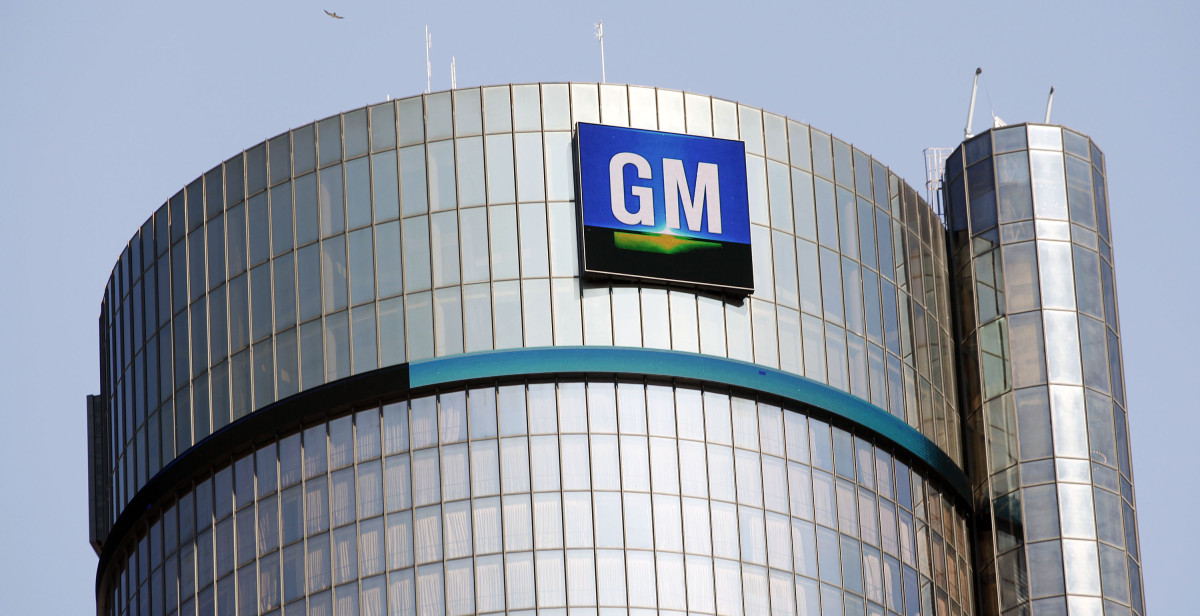
General Motors is putting another $300 million into its Romulus Propulsion Systems plant in Michigan, part of a wider $550 million manufacturing package aimed at preparing GM for a major North American production ramp-up in 2027. The move expands output of GM’s high-volume 10-speed automatic transmission, a core component of its most profitable trucks and SUVs.
The new funding arrives as GM works to stabilize its U.S. manufacturing footprint following a turbulent year for its EV strategy, including the end of BrightDrop van production, and a major corporate reassessment that contributed to the $1.6 billion charge.
Romulus Expands 10-Speed Transmission Capacity
Romulus is the powerhouse behind the 10-speed automatic transmission used in GM’s full-size pickups and SUVs, including the Chevrolet Silverado, GMC Sierra, Tahoe, Suburban, and Yukon. These vehicles are central to the company’s lineup, and GM wants to increase output as it prepares for its next-generation truck platform launching in 2027.
The new investment will support upgraded machining, expanded production lines, and workforce training. It follows GM’s earlier $888 million commitment to the Tonawanda Propulsion plant for a new V8 engine. GM is clearly staying invested in internal-combustion engines while continuing to grow its electric vehicle lineup.

Parma Metal Center Receives $250 Million
The second chunk of GM’s new spending brings $250 million to the Parma Metal Center in Ohio. That plant supplies stampings and structural components for several GM assembly operations and will support model launches at Orion, Spring Hill, and Fairfax in the coming years.
GM manufacturing leadership described the investment as a combination of technology upgrades and workforce reinforcement. The company says modernizing Parma improves flexibility, helps meet stricter quality targets, and prepares the center for higher output across both EV and ICE platforms.

Why It Matters
This new investment sets GM up for one of its boldest product expansions in years, ramping up both transmission and structural-component production in preparation for the big production boost in 2027. By strengthening its domestic supply chain, GM is also making a significant shift within the company, having recently told suppliers to cut out China-sourced parts by 2027.
These steps together show GM’s determination to take tighter control over sourcing, boost U.S. manufacturing, and safeguard its core truck and SUV business while managing the financial reset of its EV rollout. With GM nearing $5.5 billion in U.S. manufacturing investment for 2025, the Romulus expansion highlights just how important its propulsion plants are to the company’s long-term plans.

